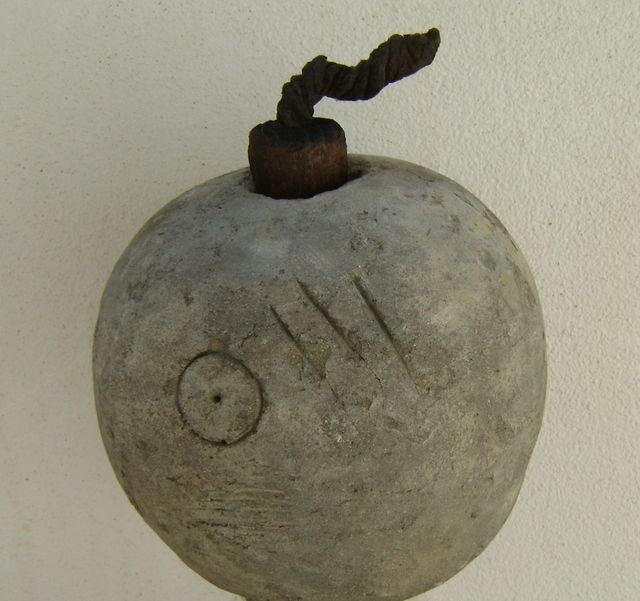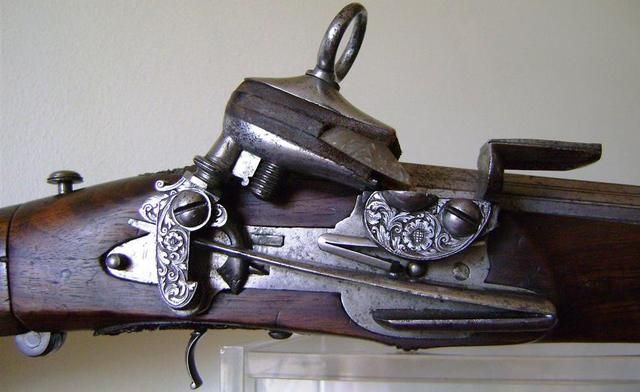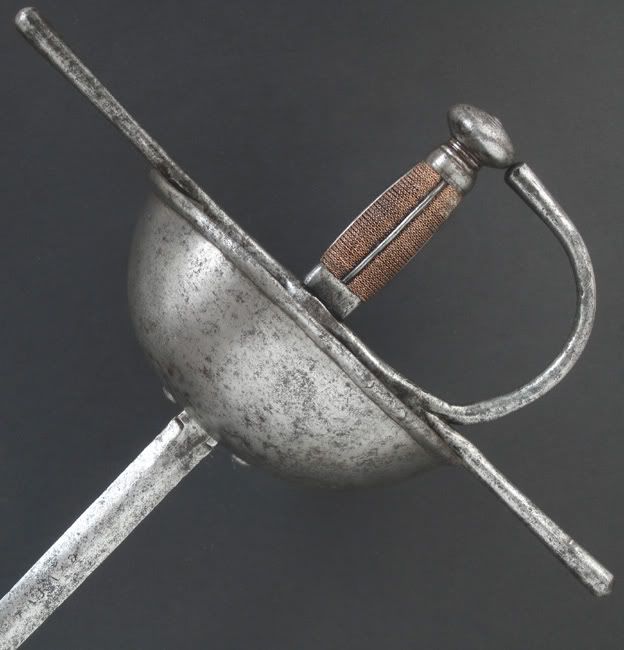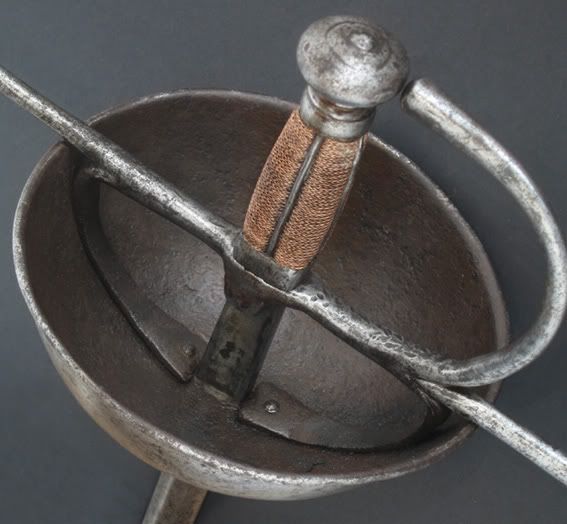Hello everybody,
Could you please help with some coments on this piece ?
Basicaly the Queen Anne type but with a fix barrel and ramrod, instead of the traditional turn off system.
The barrel is 4 1/2" long. No proof marks or maker's mark, other than the word LONDON on the barrel. Somebody sugested me this is a Belgium knock off. Liege proof marks are absent though.Is it possible this piece dates from the 18th century, before proof marks were enforced in Belgim around 1810?
Any references confirming these or other possible observations on this pistol would be so much wellcome.
Kind regards
Fernando




Could you please help with some coments on this piece ?
Basicaly the Queen Anne type but with a fix barrel and ramrod, instead of the traditional turn off system.
The barrel is 4 1/2" long. No proof marks or maker's mark, other than the word LONDON on the barrel. Somebody sugested me this is a Belgium knock off. Liege proof marks are absent though.Is it possible this piece dates from the 18th century, before proof marks were enforced in Belgim around 1810?
Any references confirming these or other possible observations on this pistol would be so much wellcome.
Kind regards
Fernando










